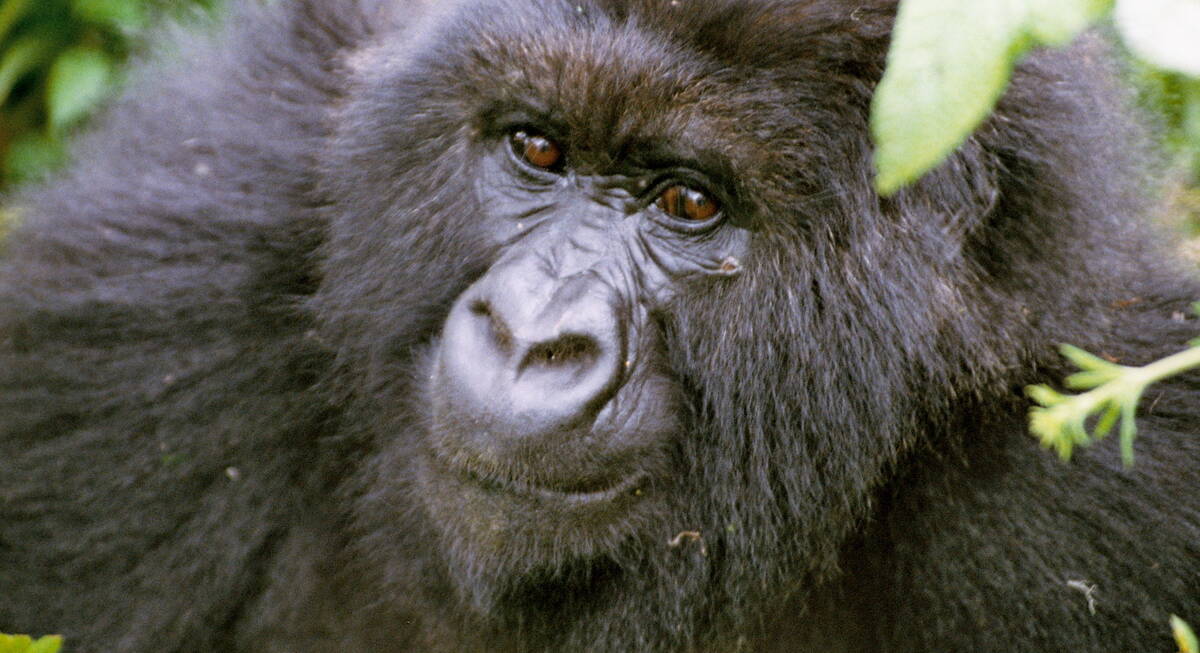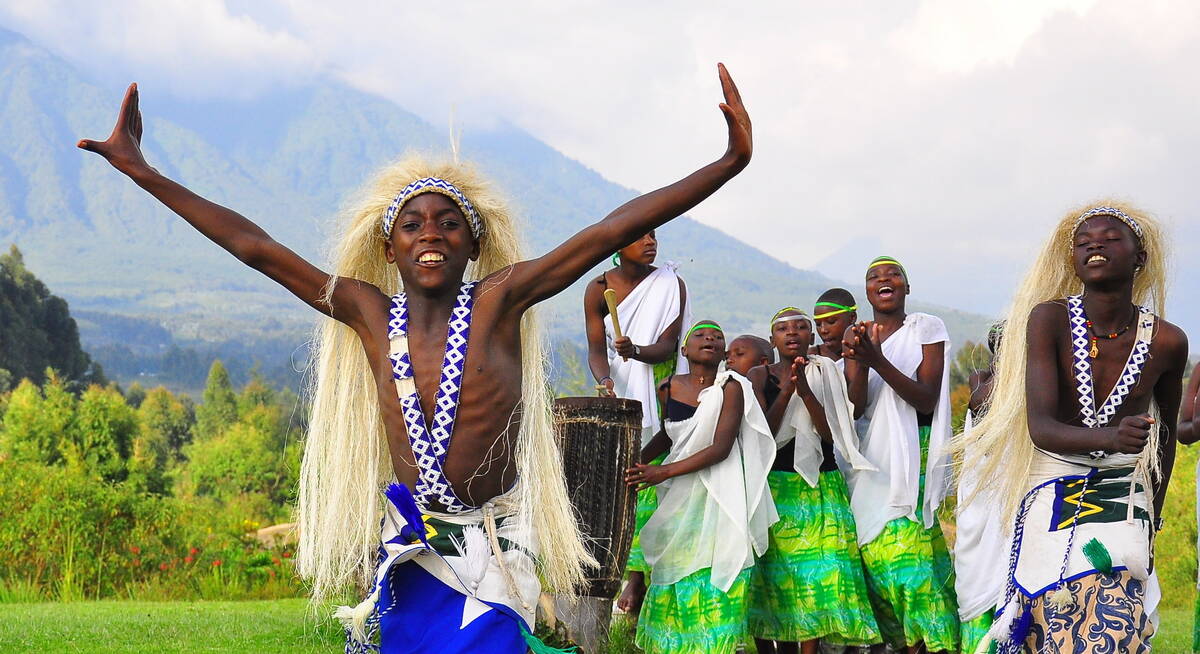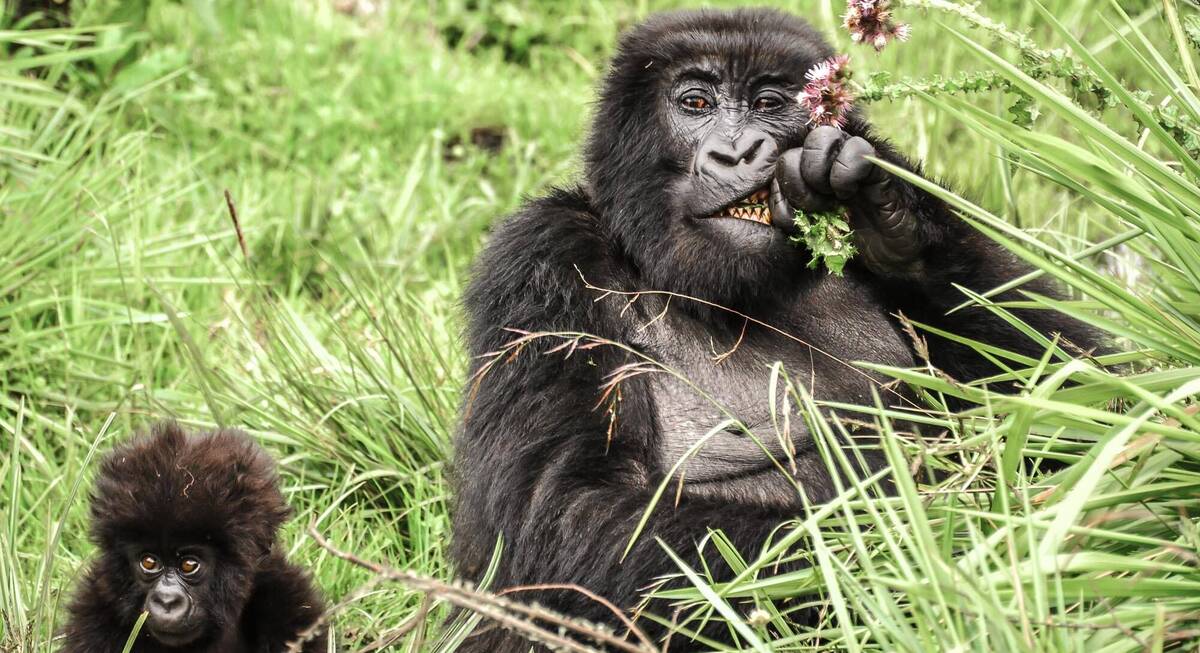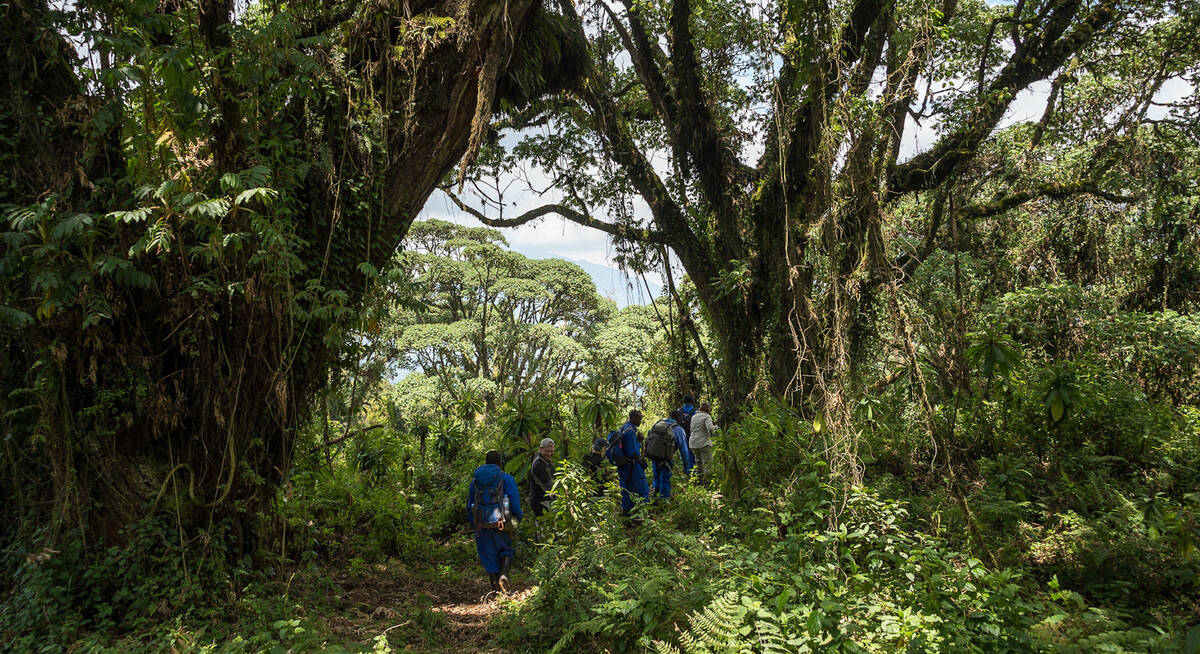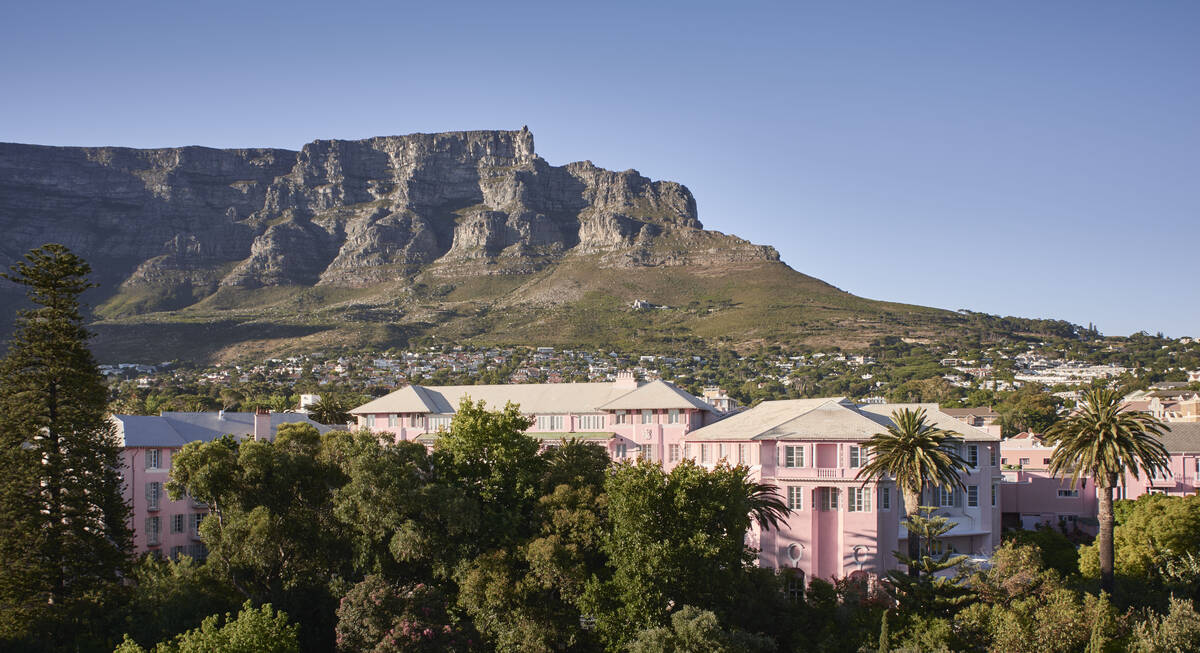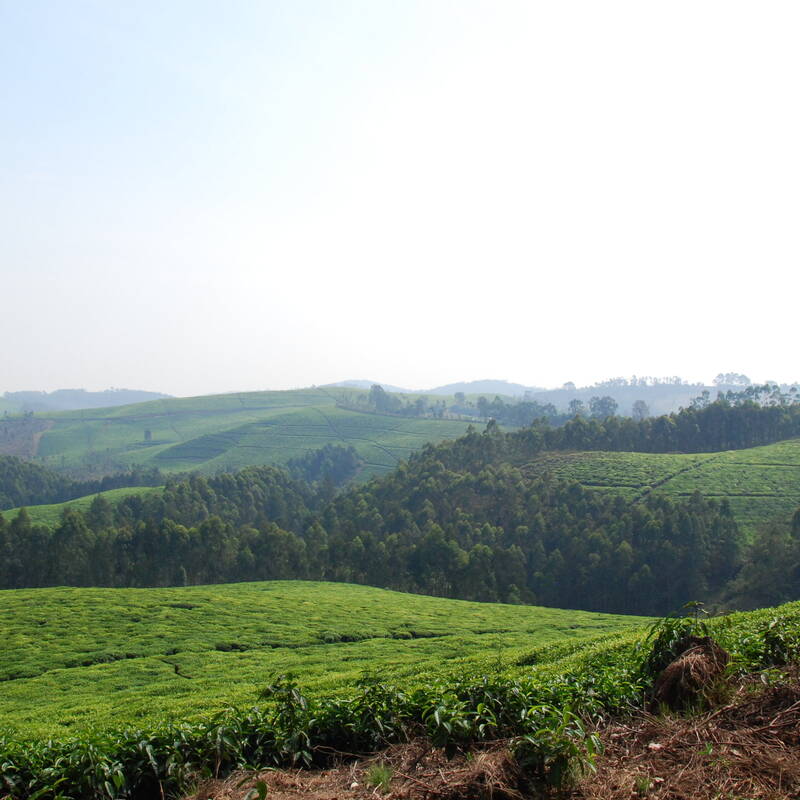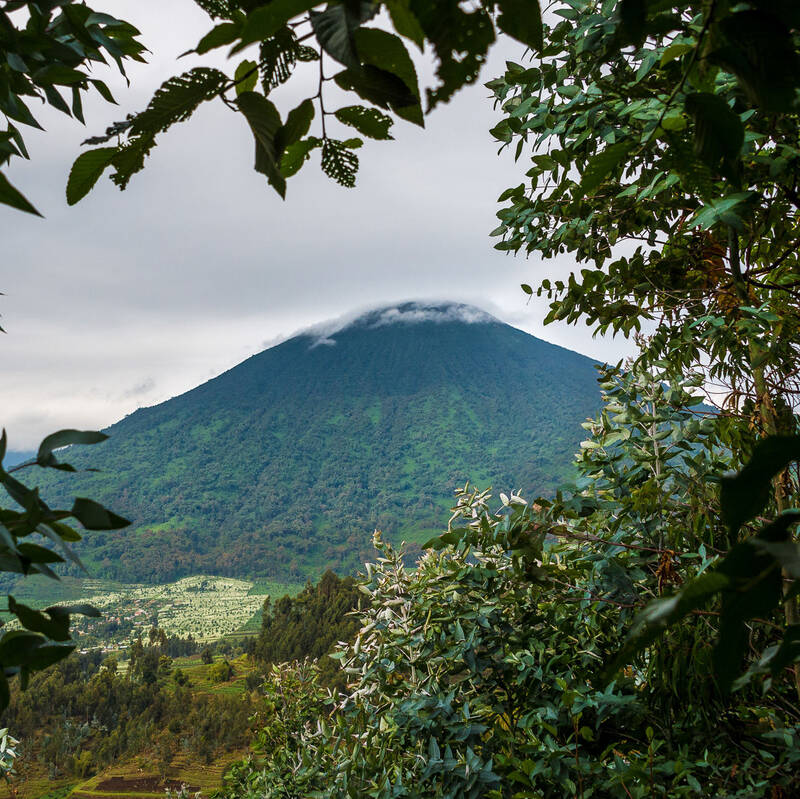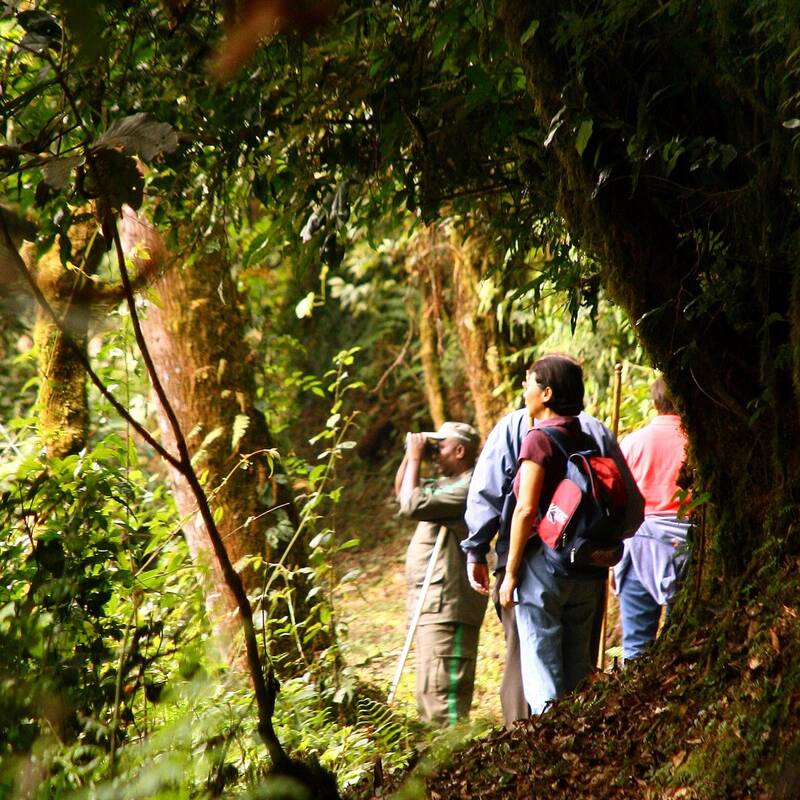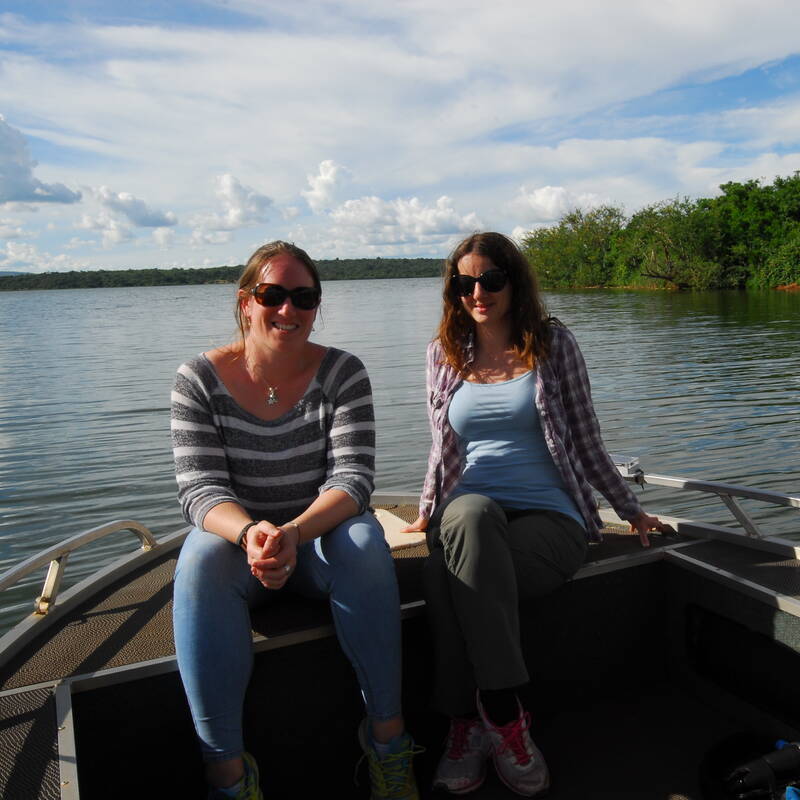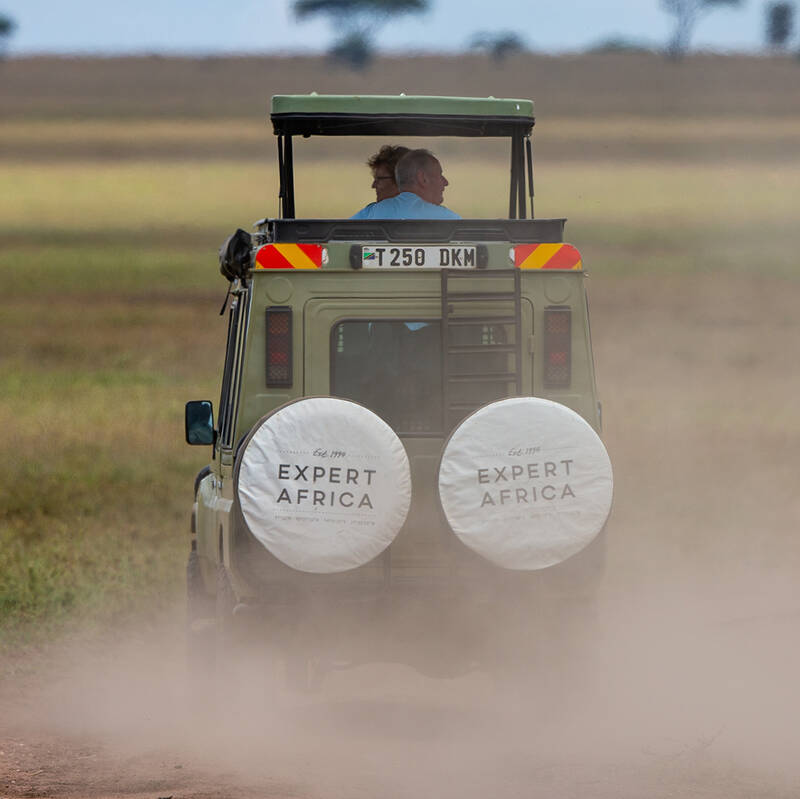Overview: Gorilla Trekking Safari
The various groups and their locations will obviously change from time to time: mountain gorillas often climb higher in the dry season and descend during the rains, they might move on due to pressure from wild gorillas, and individuals will often join other groups. Although you may request to visit a specific group on arrival at the park headquarters, this can never be guaranteed.
Preparation for your gorilla-trekking safari
Whilst a gorilla-trekking safari is likely to be a once-in-a-lifetime experience for you, the staff at Volcanoes National Park have been doing this for many years and run a very smooth operation.Gorilla-trekking safaris can be done throughout the year. The hiking itself can be more arduous in the muddy conditions during the rainy seasons, during April and May and in November, but at an altitude of 2,500m and more, it can of course rain here at any time of the year. For more details, see Rwanda’s climate.
The most popular times for gorilla tracking are during the drier months, between December and February, and from about June to mid-September.
Permits for gorilla trekking
Inevitably, securing permits for tracking gorillas can be difficult at short notice, especially during peak seasons, so – with just 96 permits available each day – we'd advise planning well ahead. We will make all the arrangements for buying your permits.Permits for a one-hour encounter cost US$1,500 per person, although a 30% discount is available to travellers who are also spending a minimum of two nights in Nyungwe Forest National Park or Akagera National Park between November and May.
Age limit: You need to be at least 15 years old for this trek. This is strictly enforced and there is no flexibility.
What to take on your gorilla trek?
Paths on gorilla treks can be slippery, muddy and steep so sturdy walking boots are essential. Wear clothes in neutral colours, with long trousers rather than shorts, and take a waterproof jacket too; even in the dry season there may be occasional downpours. The lodges are usually able to hire out trekking equipment – chat to us if you'd like to find out more.For a fee of around US$10, porters are available at the trailheads to carry your backpacks and offer a hand during tricky parts of the hike. Even if you don’t really need them, hiring a porter is a helpful way to contribute directly to the local economy, and chatting to them en route can enhance your experience both of local life and of your gorilla trek, though do be aware that their English isn't always as good as the guides'.
No meals are included as part of the trek, but you'll be served a light breakfast at your lodge prior to trekking. If you wish, your lodge may provide a packed breakfast to take with you; just ask the day before. Do take plenty of water with you (your guide will provide extra, too), and you may also want to take a snack for extra energy.
How fit do I need to be to track gorillas?
You don’t have to be super-fit for a gorilla-trekking safari but it does help if you have a good general level of fitness, if only to enhance your overall enjoyment of the experience. Walking will be at a slow pace, with time for breaks if needed. Depending on which group you track, and the time of year you go (gorillas tend to move down the mountains in the rains), you might find yourself walking on some pretty steep slopes for several hours. On the other hand, you could reach your group after a 30-minute stroll. It’s best to prepare for the most active option, as you could be trekking to an altitude of up to 3,000m and though the pace is unhurried, the hike can be tiring.Don’t be surprised if you feel a bit breathless at this altitude; this is perfectly normal. We'd advise keeping well hydrated, paying attention to the directions given by your guide, and letting your guide know if you feel unwell at any point during the trek. As the altitude can have adverse effects on some trekkers, we do suggest including a trek to the golden monkeys the day prior to your gorilla trek. The golden monkeys are usually found at a lower elevation to the gorillas, and so a trek here can help you acclimatise to the terrain and altitude.
What's it like on a gorilla-trekking safari?
On the day of the trek, you’ll be woken very early and offered a light breakfast, before your dedicated private guide drives you from your lodge to the park headquarters in Kinigi Village. Here you'll be introduced to one of the excellent gorilla-trekking guides, many of whom have spent years watching the individual gorilla groups.You'll be allocated a gorilla family group and be placed in a group of a maximum of eight people, accompanied by your trekking guide and an armed park ranger. You'll also have the choice to hire a porter to accompany you on the trek.
After a briefing on safety and gorilla-tracking etiquette, you'll be driven to the start of the relevant trail to reach your mountain gorilla group. Your guide will then lead you along generally clear paths up into the forest, in radio communication with the trackers who stay with the individual groups so that they can be located.
The duration of your trek will depend on the location of the gorilla family you're heading to, but can take from 30 minutes to several hours. Once you reach your designated group you'll be allowed a maximum of an hour with the gorillas. That said, should they decide to move during that hour, you will normally be allowed to follow, with the clock stopped during the time you are walking to the new location, so you don’t lose out.
Although all the gorilla groups are used to human visitors, many trekkers are a little apprehensive, especially as a large silverback male gorilla can weigh up to 200kg. That apprehension usually vanishes when you see the group, and your guides will ensure that the correct distances are kept between you and the gorillas.
Often the gorillas will be spread around a small area of dense vegetation. They'll continue with their feeding and interactions, nonchalant about their visitors, though watching you with interest. Occasionally a playful youngster may approach you with curiosity – sometimes coming so close that you'll be asked to move away.
Gorilla-tracking etiquette
Mountain gorillas share 98% of our DNA and as such are very susceptible to catching human infections, particularly respiratory ones, but they don’t have our immune system to deal with them – a common cold could eventually prove life-threatening. Various rules for gorilla trekking are therefore in place to help protect these precious primates:- Only one group of tourists may visit each mountain gorilla group in a day; once you’ve reached them, you’ll have just one precious hour in their company.
- If you have a cold, flu or other contagious infection, you shouldn’t go gorilla trekking.
- You should keep a distance of 7m from the gorillas. Of course the gorillas themselves are unaware of this and will often get very close, in which case you should try to move away.
- Try not to make sudden movements in the presence of the gorillas, and keep your voices low so that the group remains relaxed.
- You won’t be allowed to eat or drink when you’re with the gorillas, and smoking is not allowed during the trek.
- Although the gorillas have become used to the presence of humans, they are still wild animals and can sometimes react unexpectedly, so always heed your guide’s and trackers’ instructions.
Photographing the gorillas
The opportunity to photograph mountain gorillas in their own environment can be magical, but it does present some challenges, not least that the light can be poor and use of flash is not permitted.That said, this isn’t an environment for a massive, tripod-mounted lens; it's better to work with something that can be hand-held, or perhaps steadied with a monopod. We’ve found a zoom lens (80–200mmm f2.8) is very good, coupled with a high ISO setting.
Do also note that it’ll almost certainly be damp in the rainforest, and, additionally, you might need to protect your camera against heavy rain.
Please note: Expert Africa can arrange this excursion only as part of a full Expert Africa itinerary; for examples, see our ideas for trips that visit Volcanoes National Park.
- Start location
- Any of Expert Africa's camps or lodges around the Volcanoes National Park
- End location
- Back at your lodge
- Meals included
- No meals are included
- Duration
- Half day: one hour with the gorillas
- Maximum group size
- Eight people
Rwanda Gorilla Trekking | Expert Africa
What to look forward to.
Gorilla Trekking Safari reviews
23 independent first-hand comments from our travellers.
Ideas for holidays which can include Gorilla Trekking Safari
Add this experience to these trip ideas or contact us to start planning your own tailor-made safari to Rwanda.

Looking for inspiration on where to travel next?
Visit our trip chooser to explore your options and find inspiration for your perfect African adventure
Inspire meOther excursions in Rwanda
Inspiration and great ideas for other experiences in Rwanda to include in your safari.
Rwanda fact file
Useful information to help you prepare for your trip in Rwanda

Flights to Rwanda
How to get to Rwanda & local destinations
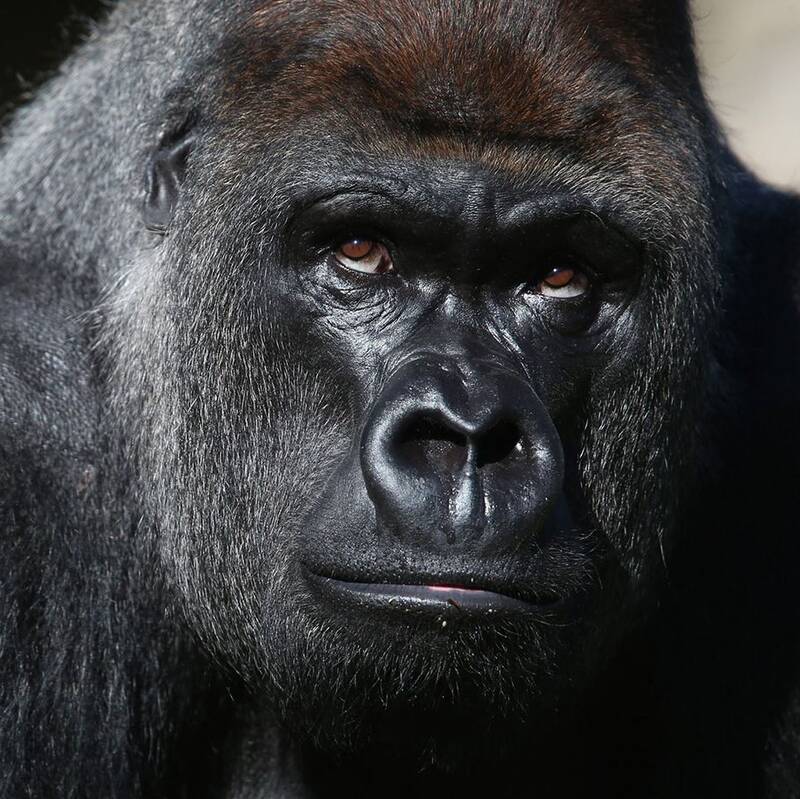
Gorilla trekking
The intricacies & etiquette of gorilla trekking

LGBT travel in Rwanda
Attitudes, the law & our experiences
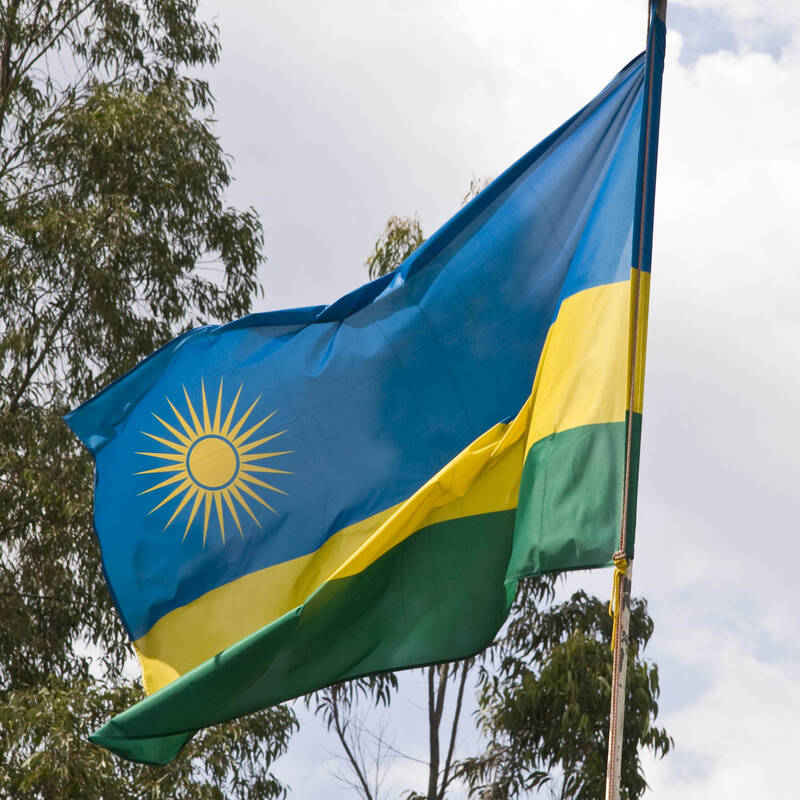
Rwanda general info
Essential travel info for Rwanda
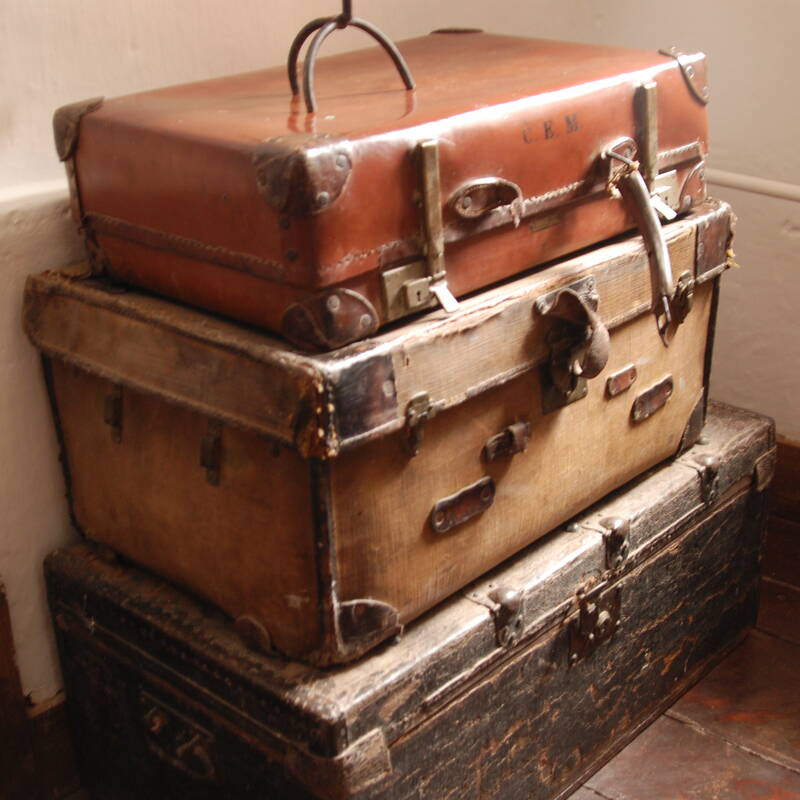
Rwanda packing list
Advice and tips on what to take on safari

Tipping in Rwanda
Expectations & guidelines for tipping
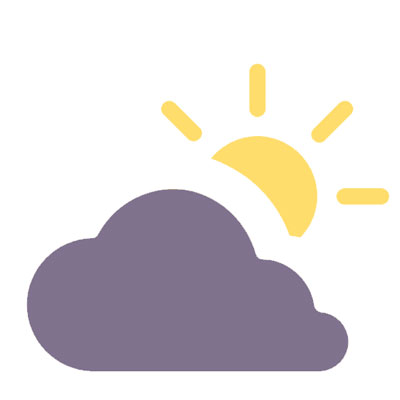
Weather & climate
The best time to visit Rwanda



